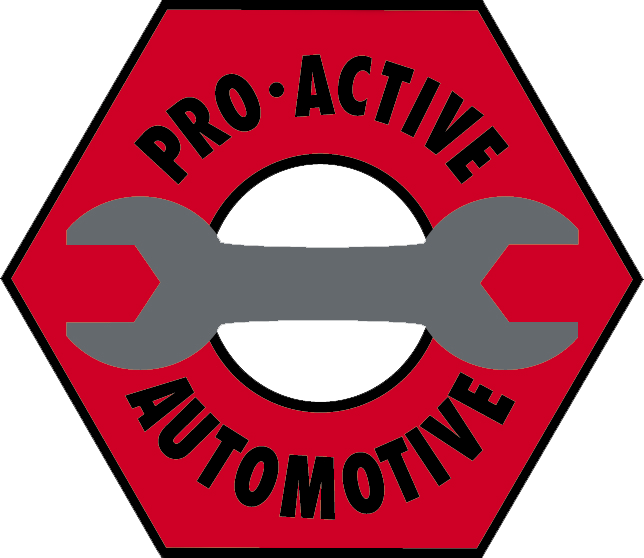You’ve heard of 4-wheel drive and you’ve heard of all wheel drive, and you may have driven both – but when it comes down to it, do you know the difference? Commonly mistaken for the same thing, 4WD and AWD do have their differences.
When you think 4WD you would most likely think of a truck or older vehicle, and AWD you’re probably thinking of a sport utility, like a crossover or a smaller car. That used to be a good rule of thumb but in today’s world we are seeing AWD in bigger vehicles including trucks and full size sport utilities. That being said, the two systems can play two very separate roles in your driving experience and knowing why they are different can create a better understanding overall.
4WD are commonly used in trucks for a reason and depending on the age of your vehicle, the convenience of 4WD may just be the push of a button away. 4WD systems are built to improve and handle many different terrains, from vigorous off-roading to simply driving on poor road conditions on the highway. Included in 4WD systems you’ll find what’s known as 4HI, 4LO and 2WD. 2-wheel drive will be your most common for day-to-day driving, but in an off-road situation, you’re going to want to stay within 4HI and 4LO, depending on your incline and terrain. 4HI is going to be favorable when you’re wanting more traction than the routine 2WD, where-as 4LO can assist when you’ll need torque instead of speed. For example, you might find yourself in 4HI travelling through some thick snow, but if your vehicle is starting to bog down and you find you are lacking power, you will want to shift into 4LO in order to increase your wheel torque. Another big advantage of 4LO is steep hill descent where 4LO creates engine braking for you which gives you greater control.
Pro-Tips: You MUST stop the vehicle completely before switching your vehicle from 4HI to 4LO. Newer vehicles are designed to shift from 2WD to 4WD on the fly but it is much easier on the system to come to a stop or at least reduce your speed.
AWD is aimed more towards your day-to-day driving with a better feel for the road. Unlike 4WD, AWD usually doesn’t have multiple AWD options and is “on” all the time. However, you’re not likely to be using an AWD vehicle in situations similar to a 4WD vehicle, like travelling in extreme off-road conditions. But, where you’ll find an AWD vehicle to be the most beneficial is a general improved handling throughout the seasons in your overall driving. The reason AWD will provide better handling during those 365 days of the year is mainly due to having constant power and control to all four wheels. Modern AWD even have computers that will add and subtract power to each wheel, depending on grip, without the driver themselves having to switch anything. The reason 4WD doesn’t work 365 days a year like AWD is when traction is high you end up with a phenomenon called driveline bind which makes cornering very awkward, is hard on the vehicle and can actually reduce traction in some situations.
Differential lockers and centre diff locks are another feature of 4WD and AWD but that’s a whole different ball game and we will cover it in a later article.
While both systems may have their individual pros, the cons that come with both are very similar. When considering either of these, keep in mind they both may come with higher price tags when it comes to purchasing, maintenance and fuel consumption.
Choosing between these two systems will ultimately have to come down to your lifestyle and the intended purpose of the vehicle. All in all, both systems would make great options to consider when driving in the complex road and off-road conditions that we see here in Canada.



